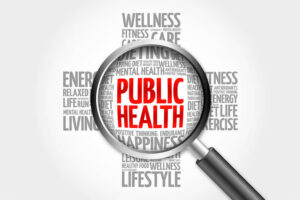In response to ischemia, ATP is broken down to release adenosine. which is catabolized to oxypurine metabolites and recycled back to other adenine nucleotides via salvage pathways. It has been shown exercise increase ATP metabolism in the RBC which correlates with post exercise hypotension. The current presentation reviews the experimental evidence and potential application of ATP metabolism in the RBC as therapeutic target for post exercise hypotension and cardiovascular protection.

- Society

Membership
Support our mission by becoming a member

Public Health Policy Center
Explore the society's public health initiatives

Meet the community
See what our members have been working on
- Journal
- Author Center
- Membership